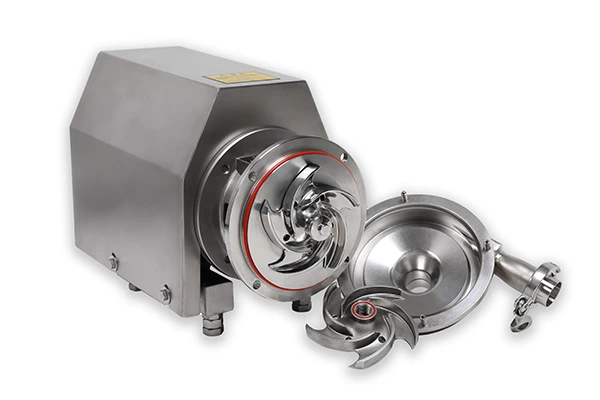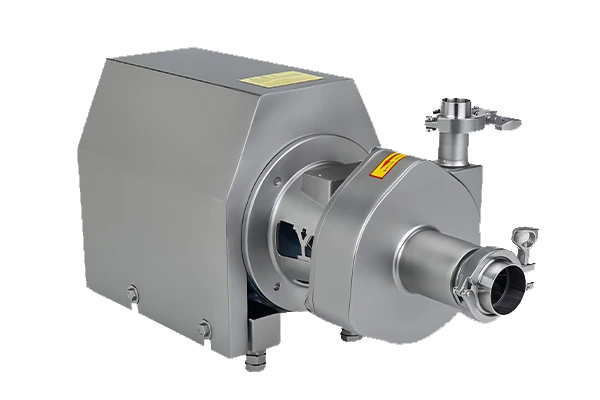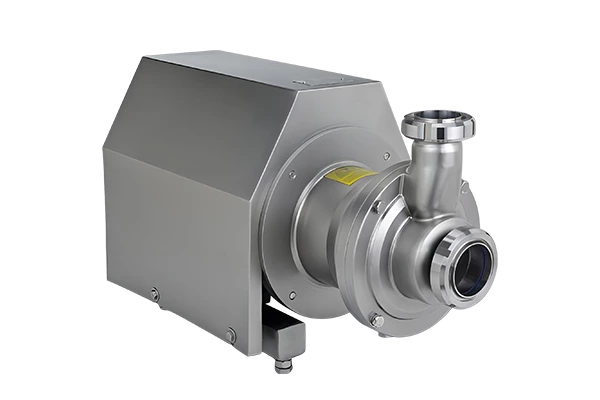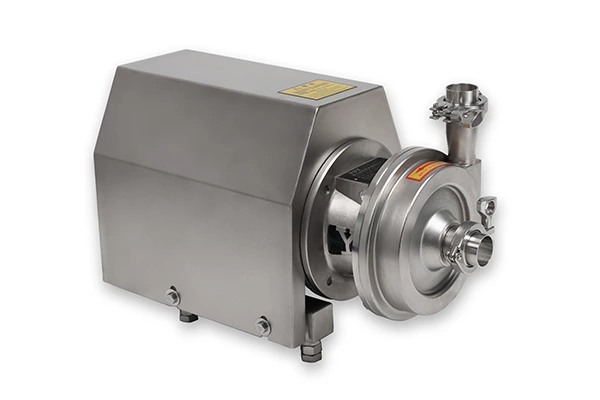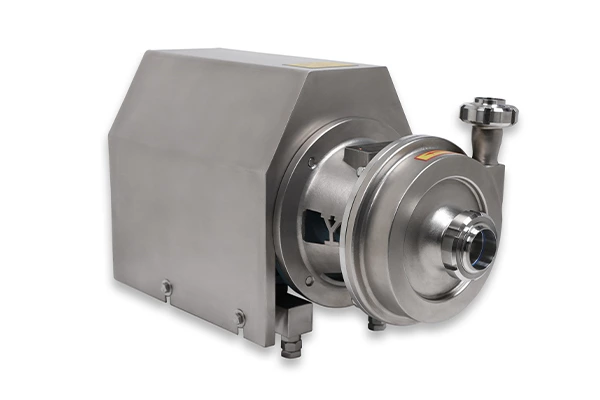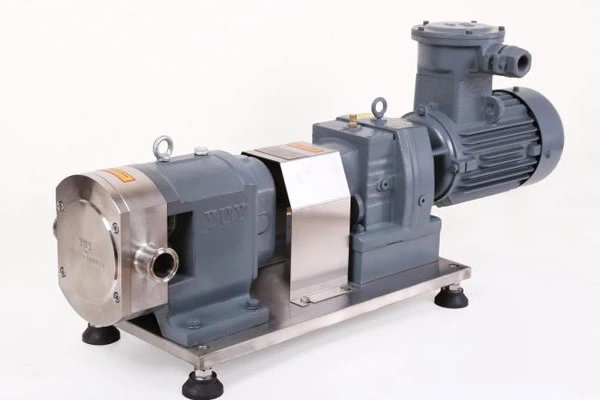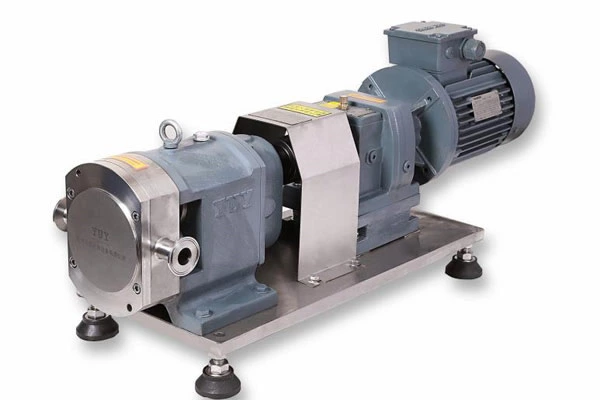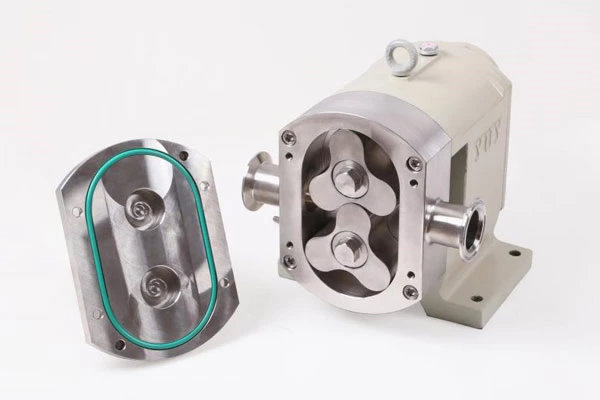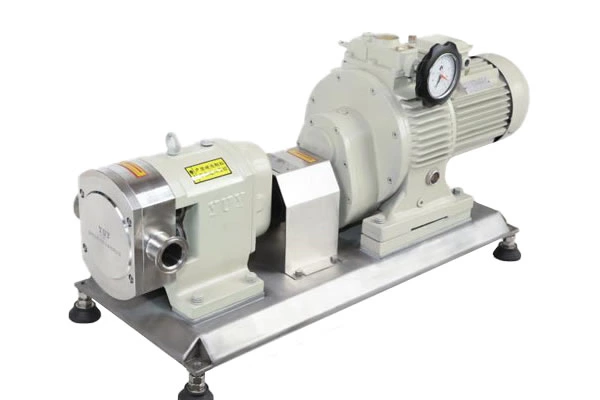Reasons For Water Leakage Of Mechanical Seal Of Sanitary Centrifugal Pump
Sanitary Centrifugal Pump Mechanical seal leakage is one of the most common faults in sanitary centrifugal pumps, so the mechanical seal of a sanitary centrifugal pump is also one of the more critical and vulnerable parts in the components of a sanitary centrifugal pump. When selecting a sanitary centrifugal pump, the material of the mechanical seal must be suitable for the liquid medium that the user is conveying. Usually, sanitary centrifugal pumps are shipped with fluororubber mechanical seals, and some manufacturers use nitrile rubber mechanical seals. If the corrosiveness is more serious, a PTFE mechanical seal must be selected.
Steps/Methods:
1. The first possibility of water leakage at the mechanical seal is the wear of the dynamic and static ring surfaces of the mechanical seal. There are six reasons for the wear of the dynamic and static ring surfaces of the mechanical seal:
2. Overtightening. Observe the dynamic and static ring surfaces of the mechanical seal. If there is severe burning, the surface is black and has deep marks, the sealing rubber becomes hard and loses elasticity. This phenomenon is caused by overtightening. Solution: Adjust the installation height. After the impeller is installed, use a screwdriver to pull the spring. The spring has a strong tension and resets after being released. A moving distance of 2-4MM is sufficient.
3. Too loose installation. Observe the dynamic and static ring planes of the mechanical seal. There is a thin layer of scale on the surface, which can be wiped off. There is basically no wear on the surface. This is caused by the loss of elasticity of the spring and poor assembly, or the axial movement of the motor. 4. Poor water quality contains particles. Due to poor water quality, it contains small particles and the medium has a high content of hydrochloride, which forms abrasive wear on the plane of the mechanical seal or scratches the surface to produce grooves, ring grooves, etc. Solution: Improve water pressure or medium, and replace the mechanical seal. 5. Dry wear damage caused by lack of water. This phenomenon is often seen in the negative pressure at the inlet of the bottom valve installation form, air in the water inlet pipe, and air in the pump cavity. After the pump is turned on, the friction of the mechanical seal generates high temperature when running at high speed and cannot be cooled. Check the mechanical seal, the spring tension is normal, the friction surface is burnt and black, and the rubber becomes hard and cracked. Solution: Drain the air in the pipeline and pump cavity and replace the mechanical seal. 6. Cavitation. Cavitation is mainly produced in sanitary centrifugal pumps. Since the medium is hot water, the water temperature is too high to generate steam, and the steam in the pipeline enters the high place in the pump chamber. This part of the steam cannot be discharged, resulting in water shortage operation, dry grinding failure of the mechanical seal, cavitation, automatic exhaust valve installation, and replacement of the mechanical seal.
